This is day 18 in our Hatch-along of Buff Orpington eggs. We are now in “lockdown,” which refers to the day after which we no longer open the incubator. It is also the day that we stop turning the eggs and increase humidity. On day 18, the embryo begins to position itself for the hatch: its head is tucked under its right wing and it orients its head towards the wide end of the egg where the air cell is located.
If a broody hen were sitting on these eggs, she would no longer take her daily trip out of the nest to find food and water or relieve herself. She would remain on the nest in order to maintain the critical temperature and humidity necessary for a successful hatch and to allow the embryo to get into the proper hatching position.
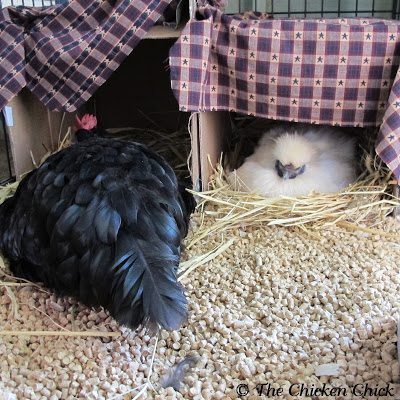
We stop turning the eggs in the incubator at this point so as not to interfere with this important positioning. We don’t want the chick to have to waste energy re-positioning itself, it should only have to concern itself with the work of getting out of that shell.
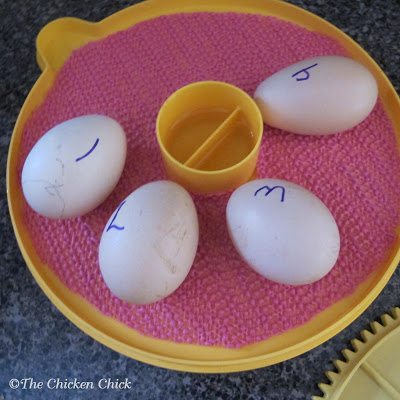
While I could have left the egg turning tray in the incubator, I chose to remove it. I added a piece of rubber shelf-liner to provide the chicks with a secure surface upon which to walk after they hatch.
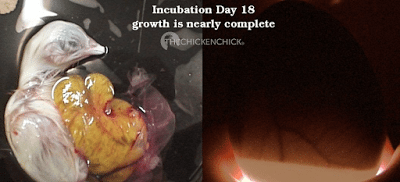
With my Brinsea Mini Advance incubator, the recommended humidity is increased from 55% to 65-70% by simply filling up both water reservoirs. With other types of incubators, humidity is ordinarily monitored with a hygrometer. Too much or not enough humidity can cause hatching problems.
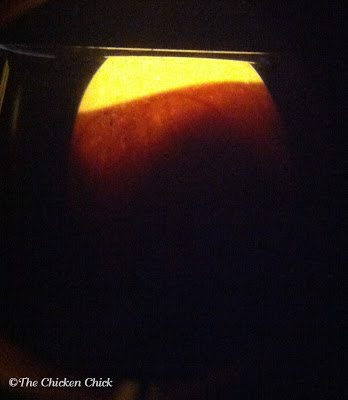
By now, the embryos are fully developed. The egg yolk is attached to its body via an umbilical cord and belly-button type system. Tomorrow, the embryo will begin to draw the yolk sac into its abdominal cavity. The purpose of the yolk is to provide nutrition to the chick while it waits for the mother hen to finish hatching other eggs. A chick can survive for approximately 3 days without food or water due to the absorption of the yolk sac, which is what makes shipping baby chicks via mail possible.
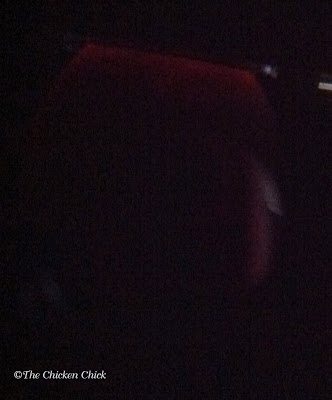
This is the last time I will candle these eggs. I would have removed any eggs that appeared to have expired, but fortunately, I was able to see movement in each of the them. Movement is reassuring, but lack of movement is not necessarily cause for alarm as embryos do have sleep periods. While signs of movement are encouraging, we’re not counting any chickens yet; days 20/21 are a very common time for embryos to die for a number of reasons including genetic defects or weakness.
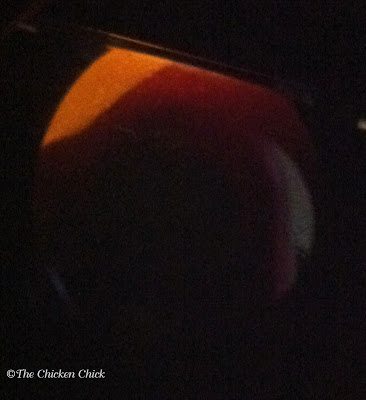
While I can expect to hear cheeping from within the eggs at any time now, it is most commonly heard around day 20. Chicks can hatch earlier or later than day 21 depending on whether temperatures were off a little bit one way or the other (too cool and they’ll hatch later, too warm and they’ll hatch earlier). Stay tuned for the fun stuff coming soon!
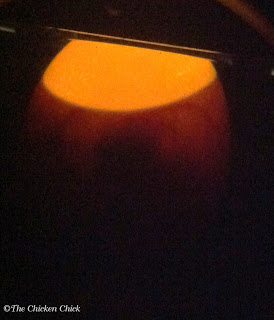
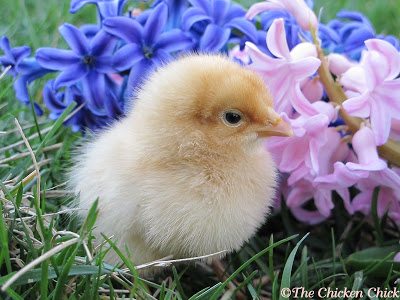

Hatch-along Part 1, Part 2, Part 3, Part 4, Part 5, Part 6, Part 7, Part 8
I henhold til loven skal følgende registreres. Nye lægemidler til det russiske marked. Nye kombinationer af tidligere registrerede lægemidler. Lægemidler, der allerede er registreret i andre doseringer eller former: tabletter, opløsninger, pulvere. Ikke-registrerede lægemidler i Rusland kan kun ordineres efter beslutning https://sterkereu.com/erectiestoornissen/kamagra fra en lægekommission eller et konsilium, og de kan kun importeres til Rusland med tilladelse fra sundhedsministeriet.
Kathy Shea Mormino
Affectionately known internationally as The Chicken Chick®, Kathy Shea Mormino shares a fun-loving, informative style to raising backyard chickens. …Read on


shop my SPONSORS
This is day 18 in our Hatch-along of Buff Orpington eggs. We are now in “lockdown,” which refers to the day after which we no longer open the incubator. It is also the day that we stop turning the eggs and increase humidity. On day 18, the embryo begins to position itself for the hatch: its head is tucked under its right wing and it orients its head towards the wide end of the egg where the air cell is located.
If a broody hen were sitting on these eggs, she would no longer take her daily trip out of the nest to find food and water or relieve herself. She would remain on the nest in order to maintain the critical temperature and humidity necessary for a successful hatch and to allow the embryo to get into the proper hatching position.

We stop turning the eggs in the incubator at this point so as not to interfere with this important positioning. We don’t want the chick to have to waste energy re-positioning itself, it should only have to concern itself with the work of getting out of that shell.

While I could have left the egg turning tray in the incubator, I chose to remove it. I added a piece of rubber shelf-liner to provide the chicks with a secure surface upon which to walk after they hatch.

With my Brinsea Mini Advance incubator, the recommended humidity is increased from 55% to 65-70% by simply filling up both water reservoirs. With other types of incubators, humidity is ordinarily monitored with a hygrometer. Too much or not enough humidity can cause hatching problems.

By now, the embryos are fully developed. The egg yolk is attached to its body via an umbilical cord and belly-button type system. Tomorrow, the embryo will begin to draw the yolk sac into its abdominal cavity. The purpose of the yolk is to provide nutrition to the chick while it waits for the mother hen to finish hatching other eggs. A chick can survive for approximately 3 days without food or water due to the absorption of the yolk sac, which is what makes shipping baby chicks via mail possible.

This is the last time I will candle these eggs. I would have removed any eggs that appeared to have expired, but fortunately, I was able to see movement in each of the them. Movement is reassuring, but lack of movement is not necessarily cause for alarm as embryos do have sleep periods. While signs of movement are encouraging, we’re not counting any chickens yet; days 20/21 are a very common time for embryos to die for a number of reasons including genetic defects or weakness.

While I can expect to hear cheeping from within the eggs at any time now, it is most commonly heard around day 20. Chicks can hatch earlier or later than day 21 depending on whether temperatures were off a little bit one way or the other (too cool and they’ll hatch later, too warm and they’ll hatch earlier). Stay tuned for the fun stuff coming soon!



Hatch-along Part 1, Part 2, Part 3, Part 4, Part 5, Part 6, Part 7, Part 8
I henhold til loven skal følgende registreres. Nye lægemidler til det russiske marked. Nye kombinationer af tidligere registrerede lægemidler. Lægemidler, der allerede er registreret i andre doseringer eller former: tabletter, opløsninger, pulvere. Ikke-registrerede lægemidler i Rusland kan kun ordineres efter beslutning https://sterkereu.com/erectiestoornissen/kamagra fra en lægekommission eller et konsilium, og de kan kun importeres til Rusland med tilladelse fra sundhedsministeriet.




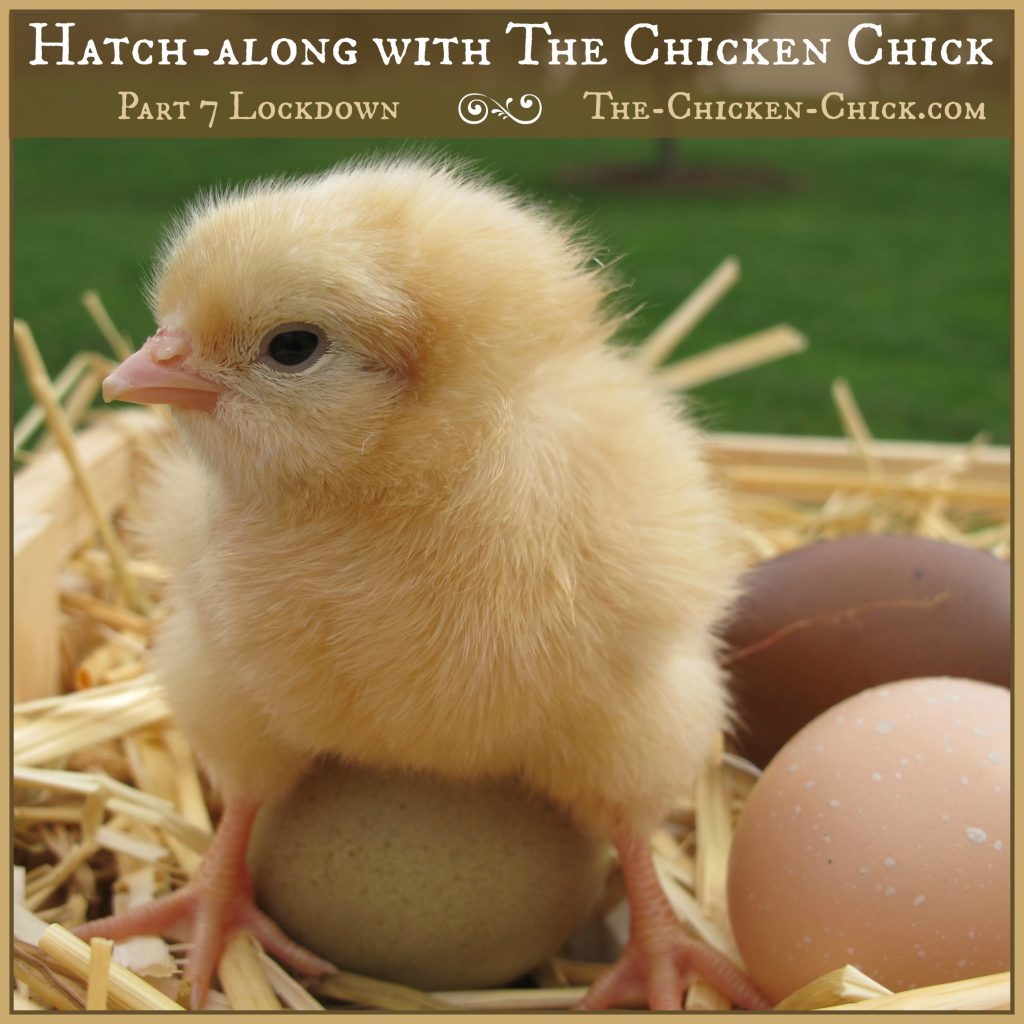
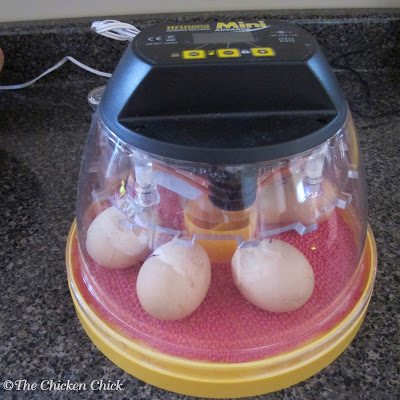



















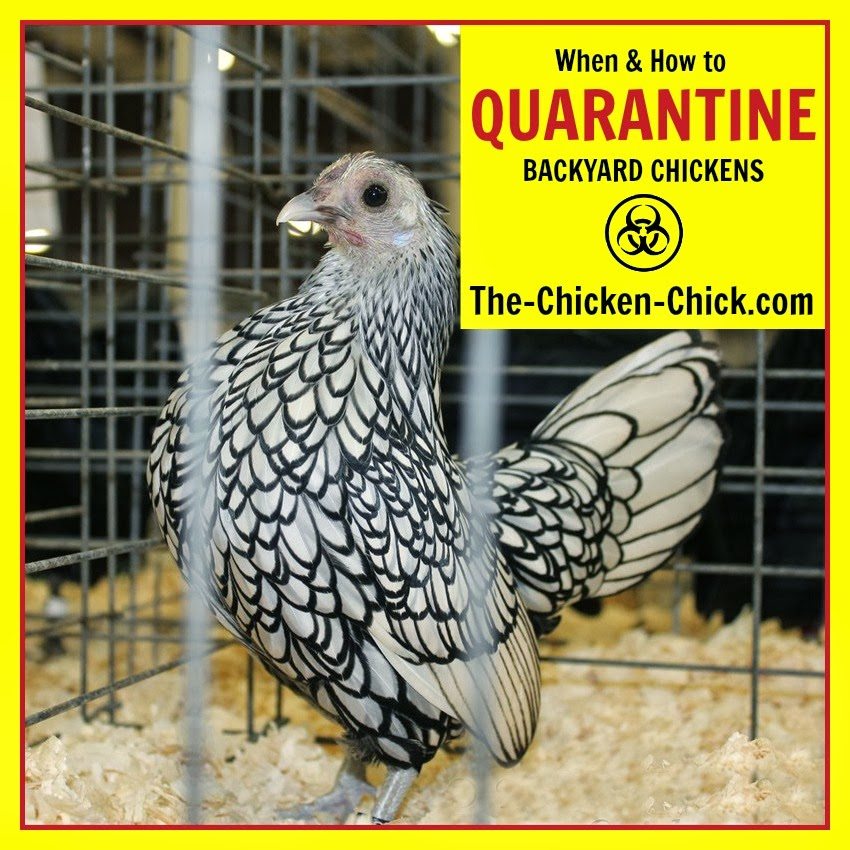















Kathy,I've hung on every word as if reading a romance novel,teehhehehe…now I could get into me some chicken business…I will be anxiously awaiting to see the baby chicks.
LOL, Jo May! It is rather a romantic notion, this hatching business. I can assure you that you will not be disappointed in having to wait another day or so for the fluffy butts. ☺
Thank you for following my hatch-along!
This is so exciting! It is really amazing how a hen's instinct kicks in and she would know not to leave the nest at this point. Nature is amazing.
Hey, what do you have on the floor of your coop? In the second photo from the top, the one w/ your two broodies? I see that straw but what is the stuff that looks like pellet feed? I'm always looking for something different to put in my house. I like the sand. But variety is the spice of life.
Hi Amy. Those are wood pellets that are used for horse stall bedding. They're just compressed sawdust and they're SUPER absorbent. I'm still a sand fan though. ;)
tomorrow is my lock down ;=) so excited, this is my first try with an incubator. I haven't been able to see into the Welsummer eggs very well, so not sure how viable they are (4-5 yr old parents) but I know some of the banty eggs are good to go.
I remember that we set eggs at about the same time, Mary!
Please keep me posted on the status of your hatch!!
I hatched a dozen Buff Orpington eggs a few years ago, it was a great experience. They hatched on Easter morning which made it even more exciting!
Brilliantly timed! I never tire of hatching baby chicks. :)